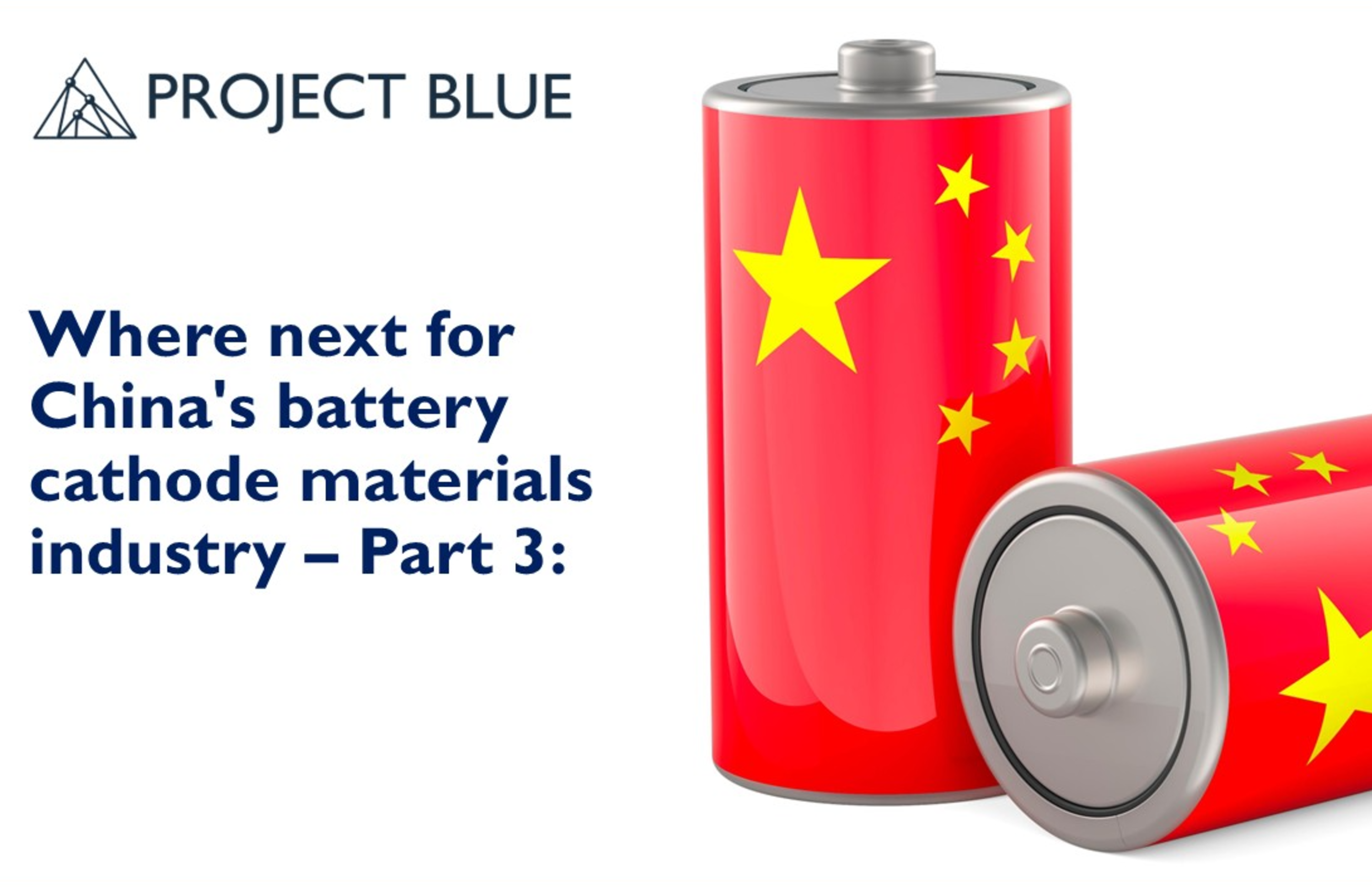Where next for China's battery cathode materials industry - Part 3:
Opinion Pieces

11
Jun
2025
Where next for China's battery cathode materials industry - Part 3:
Project Blue recently attended the China International Battery Fair (CIBF), China’s largest battery exhibition, and from a battery materials perspective, provides a 3-part series to share our exclusive insights into the development status and trends under the current backdrop of slowing demand growth.
This is Part 3 of the series - you can read Part 1 here and Part 2 here.
Emerging technologies with significant upside potential
As emerging markets in the lithium battery material sector beyond mainstream ternary and LFP, lithium iron manganese phosphate (LMFP) and sodium-ion battery materials have garnered attention.
Based on discussions with manufacturers, the following insights outline their current status and development directions.
Lithium iron manganese phosphate (LMFP) with versatile applications
LMFP cathode material, as one of the most popular emerging materials currently, offers lower cost and higher voltage compared to LFP material.
Beyond the EV market, it demonstrates growing advantages in light-power and 2/3-wheeler applications, which has become the primary target market.
LMFP achieved an annual shipment of nearly 10kt in China last year, which was predominantly used in the two-wheeled vehicle sector. In these applications, LMFP is often blended with lithium manganese oxide (LMO) materials to reduce costs while maintaining a higher energy density of the system.
However, LMFP adoption remains limited in the EV sector. One reason is that LMFP is typically blended with ternary materials for EV batteries, but the shrinking market share of ternary materials in China has hindered its application.
Additionally, plummeting prices of LFP batteries, caused by lithium price fluctuations, have further suppressed LMFP market growth.
For material manufacturers, LMFP development expectations are currently skewed toward lightweight power markets (e.g. e-bikes) and small-scale energy storage.
In the short to medium term, the majority of LMFP materials will likely be used for electric two-wheeler batteries.
For EVs, manufacturers remain cautious, as uncertainties persist around whether LMFP-ternary hybrid batteries can be adopted across more vehicle models.
Sodium-ion batteries:
Sodium-ion cathode materials fall into three main categories: layered oxides, polyanionic compounds, and Prussian blue analogues.
Product standardisation remains uncertain in this market, and downstream cell manufacturers are deeply involved in raw material R&D, preferring to collaborate with material suppliers to co-develop customised materials for vertical integration.
From the perspective of cathode material types, layered oxides and polyanionic compounds currently dominate the market in China. Layered oxide cathode materials offer higher energy density and superior rate performance, enabling their application in EVs when combined with lithium batteries, such as in CATL’s "Xiaoyao" battery.
However, the structural instability of layered oxides negatively impacts cycle performance. Manufacturers are still developing modification processes, and once these processes are fully matured, layered oxides may achieve large-scale application in power batteries.
Polyanionic compounds account for nearly half of current capacity and represent the fastest-growing system. Despite their lower energy density compared to layered oxides, polyanionic compounds exhibit long cycle life, favourable high- and low-temperature tolerance, and high voltage, making them ideal cathode materials for energy storage applications.
There are three primary production routes for polyanionic cathode materials: sodium iron phosphate composite (NFPP), sodium iron sulphate (NFS), and sodium vanadium phosphate (NVP). Among these, NFPP has demonstrated the fastest commercialisation potential due to its cost advantages and stable performance, making it the primary choice for manufacturers when expanding capacity.
China's cathode material market is currently in a state of overcapacity from supply and demand perspectives. However, in the long term, positive views on the market are maintained. On the one hand, domestically, product and capacity optimization and upgrading, as well as the development of emerging application markets, such as (solid-state batteries, eVTOL), ensure significant growth potential in the Chinese market.
On the other hand, material manufacturers' overseas market development in recent years has been steadily advancing, especially in Southeast Asian and European markets where demand release will further drive capacity release.